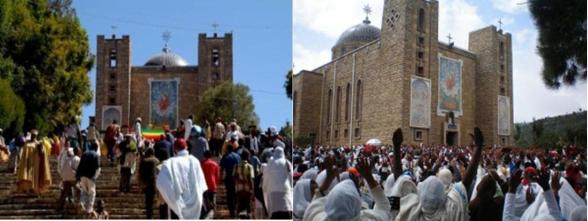Celebrating Easter in the glamorous Ethiopia
Accompanied with longer abstinence from proteins and animal products to fasting Easter in Ethiopia is celebrated with big feast and lots of cultural and religious activities that will enlighten visitors. Tradition holds that people in Ethiopia invite friends and family over and eat together. The celebration involves celebrating in gathering to commemorate Jesus' resurrection where the public show love to one another.
If you enjoy festivity and big celebration Ethiopia's a place to be. It has great destinations and celebrations that will stay in your mind forever. Get your hands on the festivals, sights and the lip-smacking tastes of Ethiopia. The country mixes festivity and fiesta aligned with best destinations and mouthwatering dishes. Easter is full of charming holiday vibe during the day and night time with so much outdoor and indoor activities. Handicrafts, clothing, leather shoes and bags price go down significantly offering luxury items without breaking the bank. It takes you deep into unforgettable experiences revealing its ancient wealth and traditions. Even if you have seen the world and experienced so much great in the globe, Ethiopia will amuse you with so much of its breath-taking destinations Travel agencies observed.
You might have seen a lot but not so much of a fire lake which bubblies like an avalanche in the mountain. It is a rare global destination under Ethiopia’s soil stunning many who visited the place famously known as Erta Ale. It is a truly jaw dropping nature's extreme destination. The lakes, the mountains and wildlife’s are among the many things to visit from this fabulous country. It does not lack any creative human made treasures as well; explore Lalibela, Aksum and churches erected from shaping a giant rock which are still standing centuries after. Its holiday celebrations are not an expectation rather an absolute delight worth your visit to have the best experience of your life.
Easter Sunday takes place on April 16, 2017, around Ethiopia Good Friday commences the biggest celebration where people worship, pray and fast. It is one of the most sacred celebrations, people flock to churches for all day long and all night. They worship lighting candles sing through streets enjoying a glorious display of celebration bells and chants from churches. People attend churches dressed in white traditional cotton clothing and robs. Good Friday is a prayer time where almost everyone goes to church for communion and worship giving thanks and portraying love to one another helping the needy. The celebration is marked by a passionate sequence of spiritual activities, traditions and festivities. Churches reconstruct biblical scenes, creating captivating displays and reenacting the events of Easter. The day is dominated by an atmosphere of joy, festivity and commemorating the holiday with thankfulness.
Eve of Easter is all about preparing for the Easter Sunday cooking to welcome large family gathering. Traditionally Easter lunch is the biggest festivity, consisting the best of the local dishes. Easter holiday cooking includes several culinary varieties blending indigenous spicy ingredients and local famous breads including difo dabo, hibest, anbasha and kocho. The holiday dishes comprise of injera large flat bread and a variety of spicy stews with beef, lamb, fish and chicken creating a mouthwatering combination. Every household during Easter prepares a distinctive local dishes such as doro stew with boiled eggs, chopped collard seasoned greens, lamb, kitfo (minced raw beef), tibs (traditionally seasoned and fried meat) and gord gored (cubed raw meat) as well as sweets treats including cakes and sweet roasted cereals and pastries.
Fiesta starts early in the morning during Easter Sunday. People dress up in their traditional clothing gather together for festivity having the Easter breakfast. Homes also have different set up with grass strewn, popcorn, traditional giant breads and coffee presented in the living room. Buna (Ethiopian coffee) which involves a long process is served right after breakfast. Its tradition to roast the beans in the living room allowing families and guests to inhale the refreshing aroma of the coffee vapors. The process is repeated with new roasting when new guests arrive. It not to be missed holiday where even hotels and restaurants create a home like vibe bringing the traditional celebrations even to travelers hotel rooms. The holiday mood will be there for a week.
Eden can be reached at eden.sahle@jumia.com

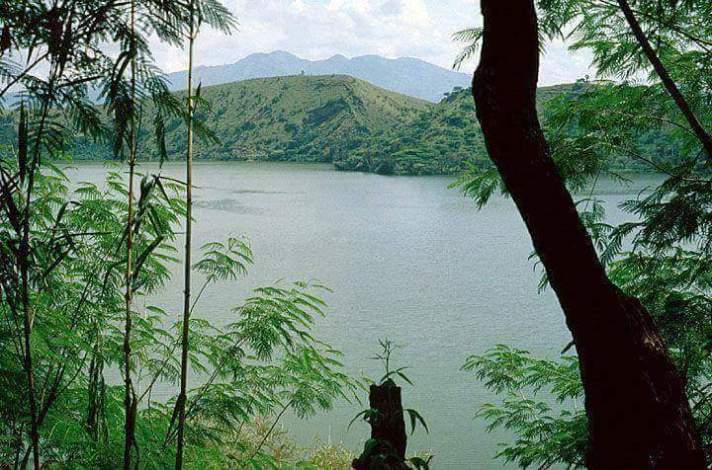

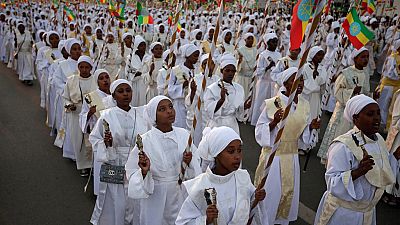
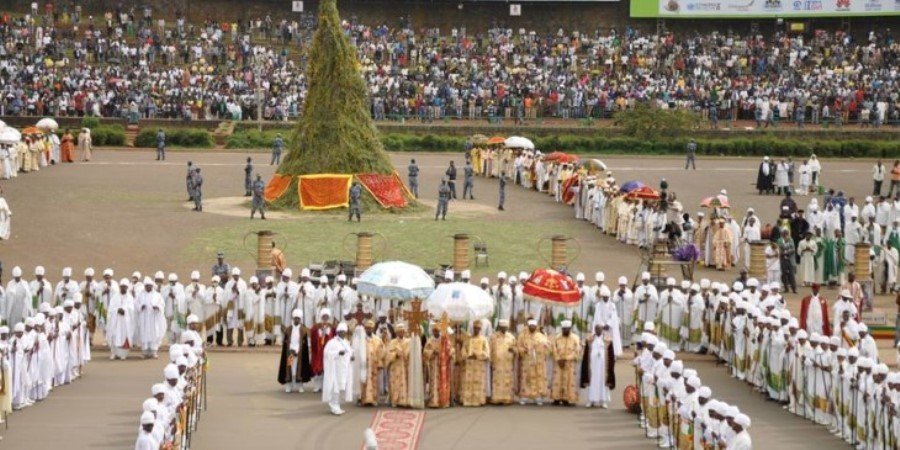
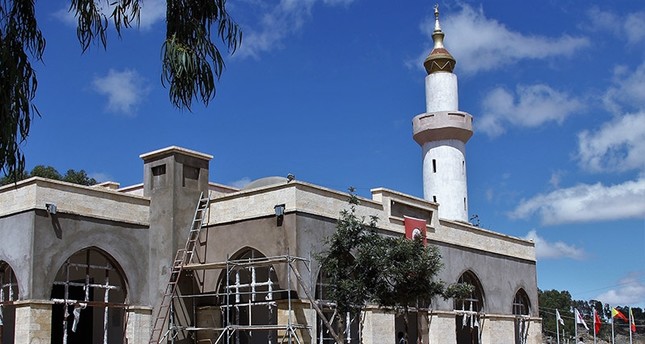
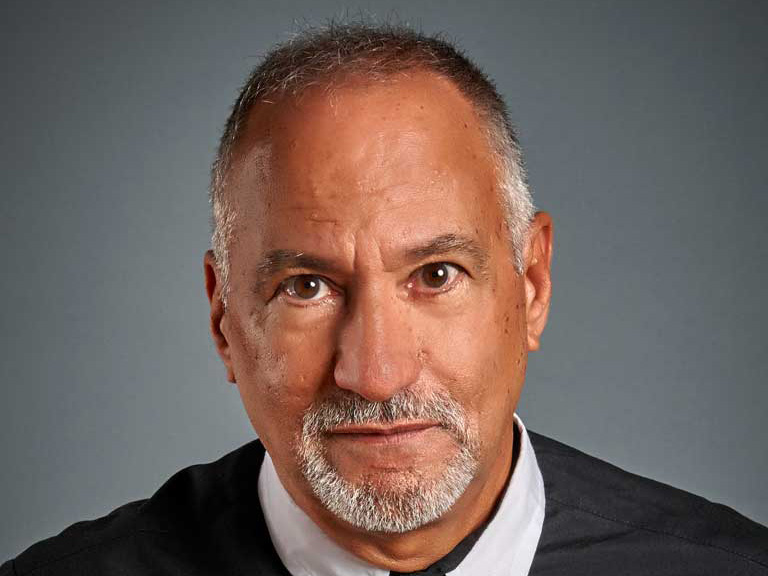 Brother Augustine Nicoletti, FSC, a member of the Manhattan College faculty since 2004, has been appointed to serve as president of the
Brother Augustine Nicoletti, FSC, a member of the Manhattan College faculty since 2004, has been appointed to serve as president of the 